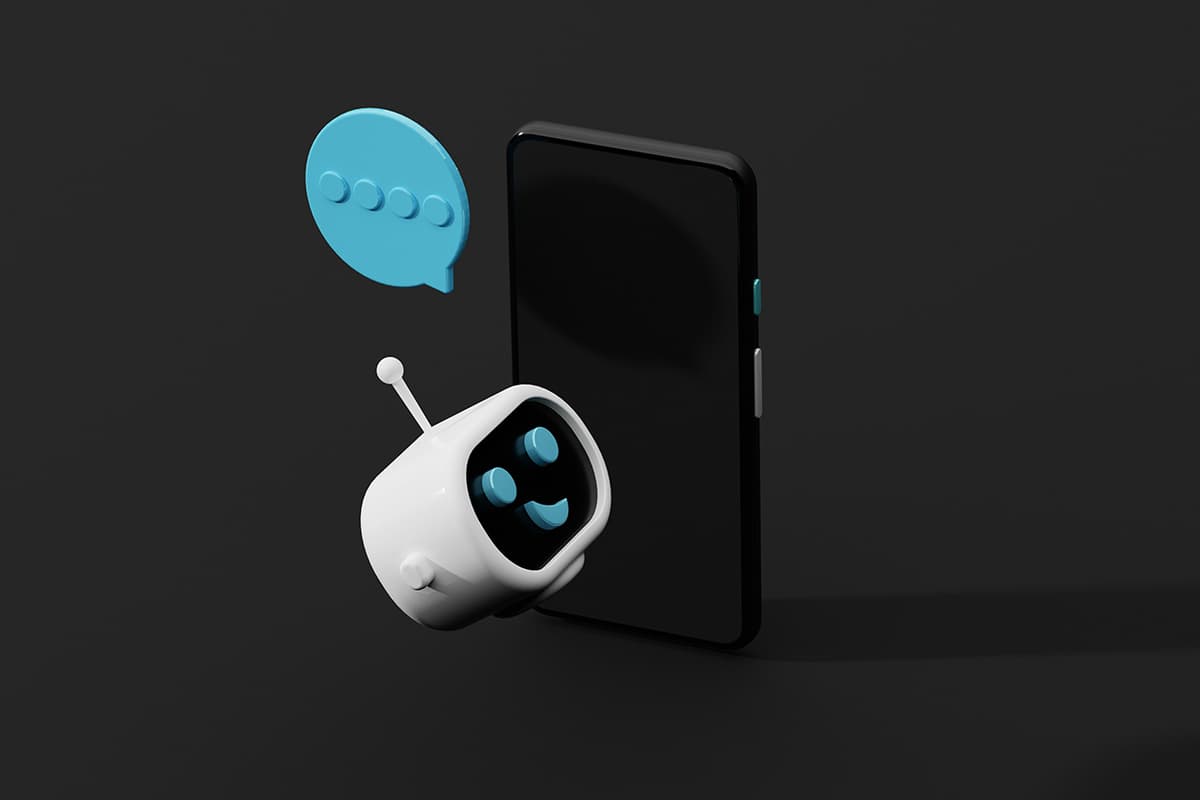Spotting the Bot-Written Word
In a world where artificial intelligence (AI) is evolving rapidly, distinguishing between human-written and machine-generated content can be challenging. Chatbots and AI-driven writing tools are used across various fields, making it important to know how to identify the signs of bot-created text.
What Are the Key Signs of Bot-Written Content?
-
Consistency: Chatbots are limited by their programming and datasets. This constraint often leads to repetitive or predictable responses. If a conversation feels circular or scripted, it may indicate a bot is at play.
-
Repetition: Unlike humans, who vary their language, chatbots may overuse specific phrases or terms. Look for excessive use of certain words or awkward sentence structures, which can signal bot involvement.
-
Depth of Response: Human writing often contains layers of emotion and experience. AI responses may lack this depth, with answers that are technically correct but devoid of personal insight or creativity.
-
Error Patterns: Bots make unique errors. While a human may slip up with spelling or word choice, a bot might miss contextual meanings or cultural nuances, presenting flawless grammar yet failing in comprehension.
-
Transitional Flaws: Humans typically use various transitions to create smooth narratives. Bots may struggle with this, leading to disjointed presentations of information that feel more like a list than a cohesive flow.
-
Pacing and Rhythm: Human writing naturally incorporates a rhythm, blending short and long sentences. Bots may produce monotonous text with a uniform structure, lacking dynamic pacing that engages readers.
Notable Players in AI Writing
Companies like OpenAI are pushing the boundaries of AI capabilities in writing, offering tools such as GPT-3 and subsequent models. Despite these advancements, AI-generated content often lacks the authenticity and emotional depth associated with human authorship.
What Should You Trust?
If you're uncertain whether a text is bot-generated, rely on your instincts. Humans often sense subtle cues that reveal the mechanical nature of a bot's writing. The landscape of AI is always changing, so stay informed and attentive.
When assessing whether content is written by a chatbot, consider its consistency, repetition, depth, error patterns, transitional flow, and pacing. Developing a keen eye for these features will help you navigate the world of AI-generated content. Stay observant and insightful; it's an ever-evolving digital landscape.












